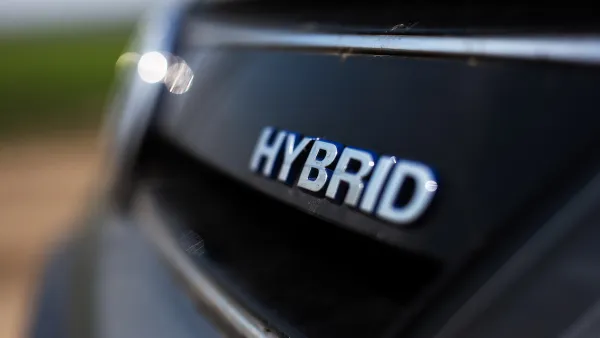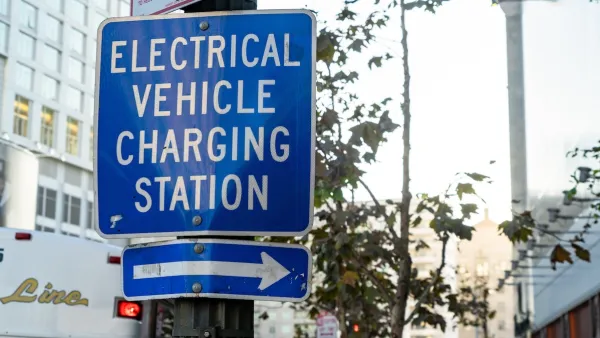At one time in the 1900s, a third of cars in major cities were powered by electric motors. Today, only about 1% of cars are fully electric. Why did we end up with gasoline-powered cars?
In the early 1900s, a series of unfortunate business events drove the country's largest electric vehicle carmaker -- called the Electric Vehicle Company -- into bankruptcy, and it devastated the electric car industry.
"Investors, soured by their experience with the E.V.C., swore they'd never put money into the industry again, and in the lull in electric-car development that followed, gasoline-car companies improved their technology and made their vehicles cheaper", writes Maggie Koerth-Baker of The New York Times. "Over the next 20 years, Americans formed a new idea of what a car was. And from that point on, right up to today, it was hard to get them to try anything else."
So will the US ever get back to electric cars? Koerth-Baker thinks it's possible to change both the infrastructure and culture that supports gasoline-powere cars: "The trick is to not expect people to jump straight from all-gasoline to all-electric. What's necessary is a transitional step that makes electric cars operate more like the cars we're used to driving... [and] hybrids will ultimately help us make that jump."
Thanks to Daniel Lippman
FULL STORY: Why Your Car Isn’t Electric

National Parks Layoffs Will Cause Communities to Lose Billions
Thousands of essential park workers were laid off this week, just before the busy spring break season.

Retro-silient?: America’s First “Eco-burb,” The Woodlands Turns 50
A master-planned community north of Houston offers lessons on green infrastructure and resilient design, but falls short of its founder’s lofty affordability and walkability goals.

Delivering for America Plan Will Downgrade Mail Service in at Least 49.5 Percent of Zip Codes
Republican and Democrat lawmakers criticize the plan for its disproportionate negative impact on rural communities.

Test News Post 1
This is a summary

Test News Headline 46
Test for the image on the front page.

Balancing Bombs and Butterflies: How the National Guard Protects a Rare Species
The National Guard at Fort Indiantown Gap uses GIS technology and land management strategies to balance military training with conservation efforts, ensuring the survival of the rare eastern regal fritillary butterfly.
Urban Design for Planners 1: Software Tools
This six-course series explores essential urban design concepts using open source software and equips planners with the tools they need to participate fully in the urban design process.
Planning for Universal Design
Learn the tools for implementing Universal Design in planning regulations.
EMC Planning Group, Inc.
Planetizen
Planetizen
Mpact (formerly Rail~Volution)
Great Falls Development Authority, Inc.
HUDs Office of Policy Development and Research
NYU Wagner Graduate School of Public Service




























